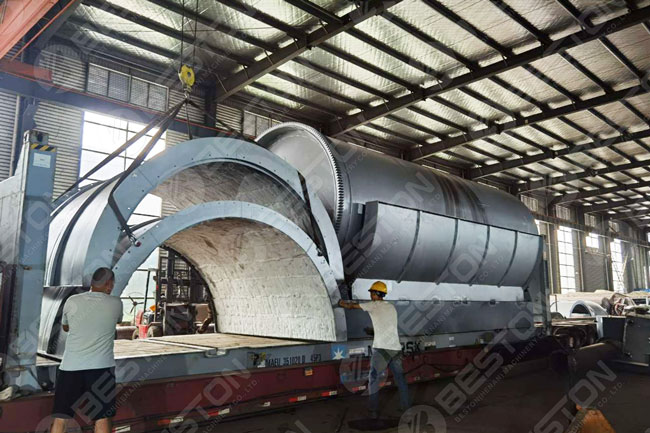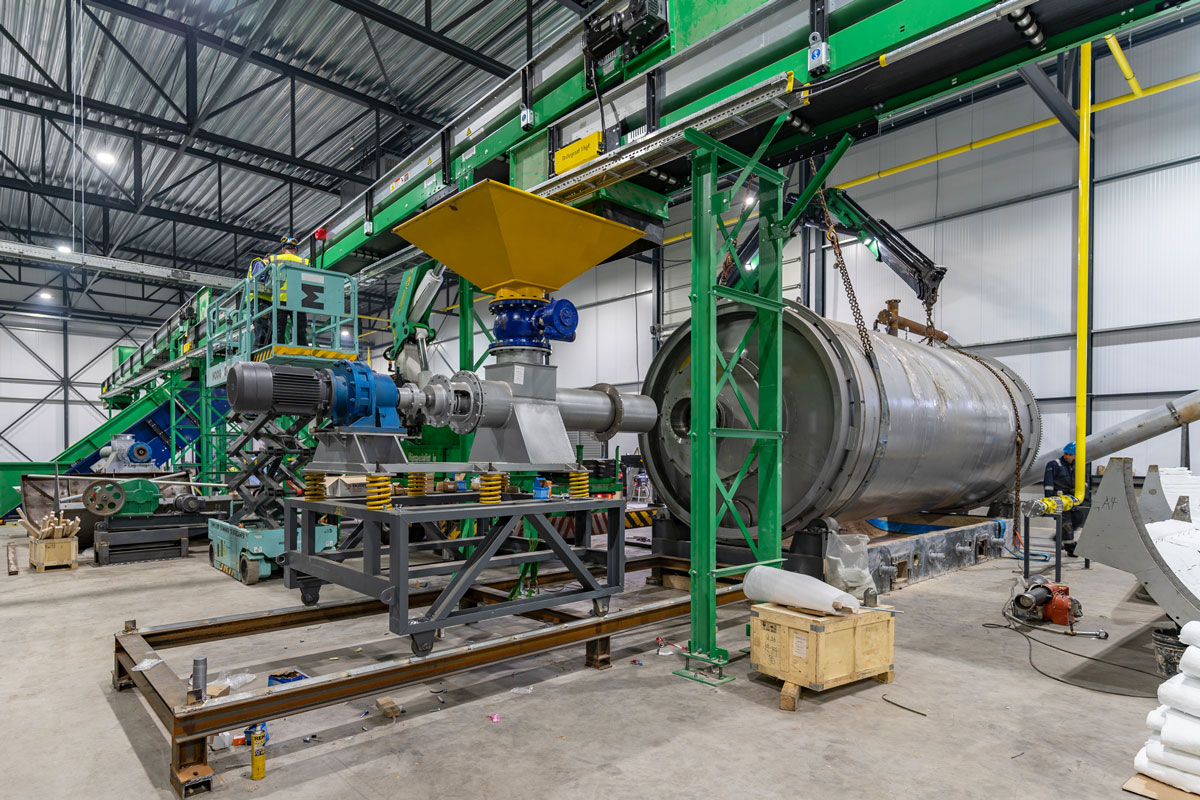Choosing an efficient charcoal making furnace is not only essential for optimal production and cost-effectiveness but also plays a significant role in environmental sustainability. In this article, we will explore the environmental factors to consider when selecting a charcoal making furnace. By prioritizing these factors, you can contribute to a greener and more sustainable charcoal production process.
- Emission Control: One of the critical environmental considerations is the control of emissions from the charcoal making furnace. Look for furnaces equipped with advanced emission control systems such as dust collectors, scrubbers, and filters. These systems help capture and treat particulate matter, volatile organic compounds (VOCs), and other pollutants, ensuring cleaner emissions and reducing the impact on air quality.
- Energy Efficiency: An efficient charcoal making furnace consumes less energy, reducing greenhouse gas emissions and minimizing the overall environmental footprint. Look for furnaces that incorporate energy-saving features such as insulation materials, heat recovery systems, and optimized combustion processes. Energy-efficient furnaces not only lower operational costs but also contribute to reduced carbon dioxide (CO2) emissions and a more sustainable production process. View some cases to learn more information: https://bestonmachinery.com/charcoal-making-machine-in-turkey/.

Beston Batch Charcoal Making Furnace Shipped to Spain - Waste Minimization: Consider furnaces that promote waste minimization by maximizing the conversion of biomass feedstock into charcoal. Efficient furnaces utilize advanced pyrolysis technology, ensuring high conversion rates and minimizing the production of by-products or waste materials. This reduces the need for waste disposal and promotes resource efficiency, making the charcoal production process more environmentally friendly.
- Renewable Energy Integration: Incorporating renewable energy sources into the charcoal making process can significantly enhance its environmental performance. Look for furnaces that allow for the integration of renewable energy, such as solar or biomass-based energy, for powering the furnace operations. By reducing reliance on fossil fuels and utilizing renewable energy, you can further reduce carbon emissions and enhance the sustainability of the charcoal production process.

BLL-16 Pyrolysis Furnaces Installed in Netherlands in 2022 - Sustainable Feedstock Sourcing: Consider the sustainability of the biomass feedstock used in the charcoal making furnace. Sustainable sourcing practices ensure that the feedstock is obtained responsibly, without contributing to deforestation or biodiversity loss. Look for furnaces that support the use of certified sustainable biomass feedstock, such as wood waste from managed forests or agricultural residues, promoting a circular economy and reducing environmental impacts.
- Carbon Neutrality and Offset Options: Some charcoal making furnace manufacturers offer carbon neutrality or offset options. These initiatives involve measuring the carbon emissions generated during the production process and offsetting them through various means, such as investing in renewable energy projects or reforestation efforts. Choosing a furnace manufacturer that prioritizes carbon neutrality can contribute to overall environmental sustainability.
Conclusion: When selecting an efficient charcoal making furnace, it is crucial to consider the environmental factors associated with the production process. By prioritizing emission control, energy efficiency, waste minimization, renewable energy integration, sustainable feedstock sourcing, and carbon neutrality initiatives, you can make an environmentally conscious choice. Investing in an environmentally friendly charcoal making furnace not only promotes sustainable production practices but also aligns with global efforts to mitigate climate change and preserve our planet’s natural resources. View different types: https://bestonmachinery.com/th/.